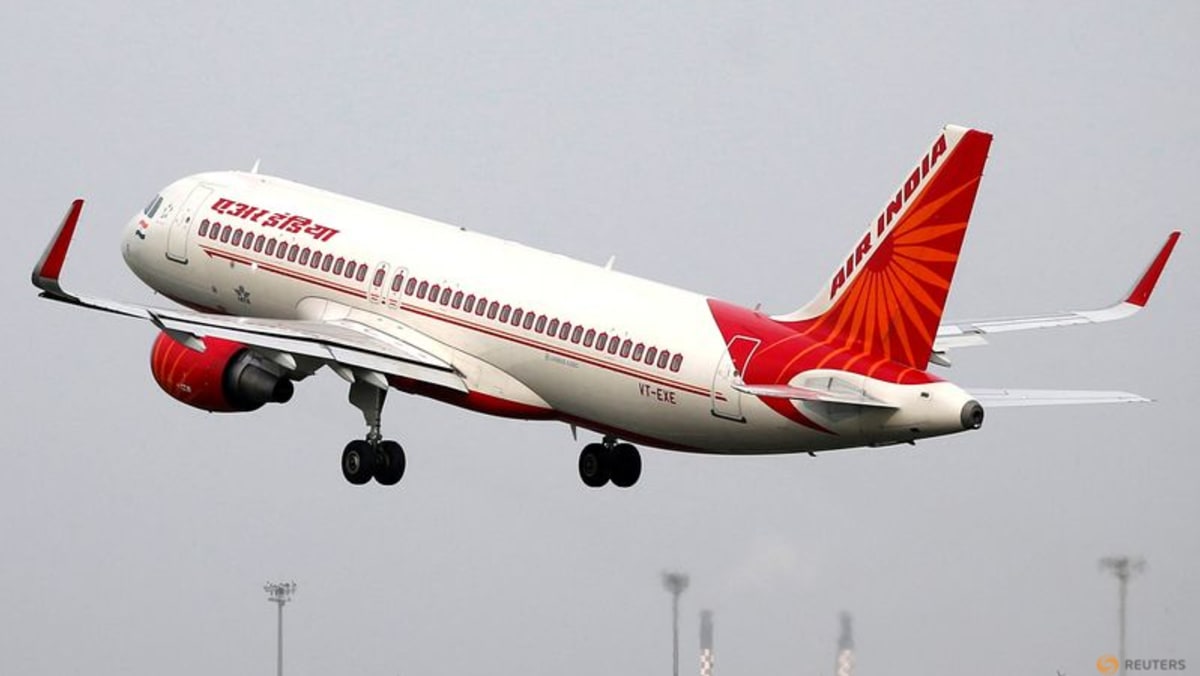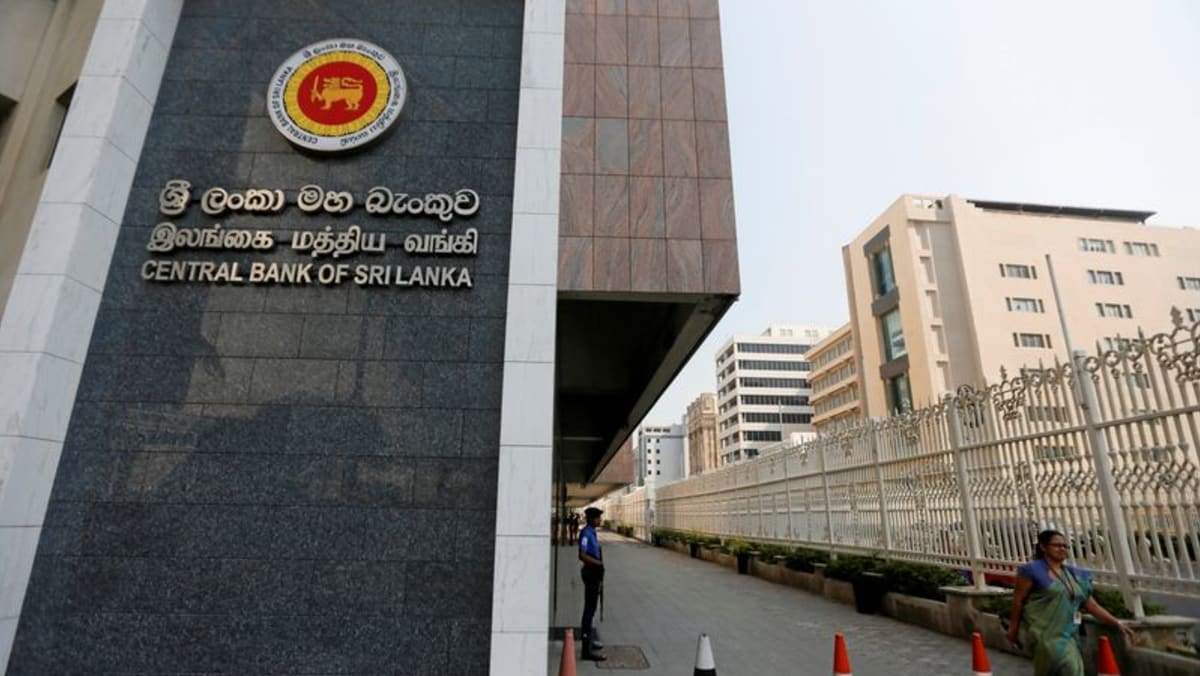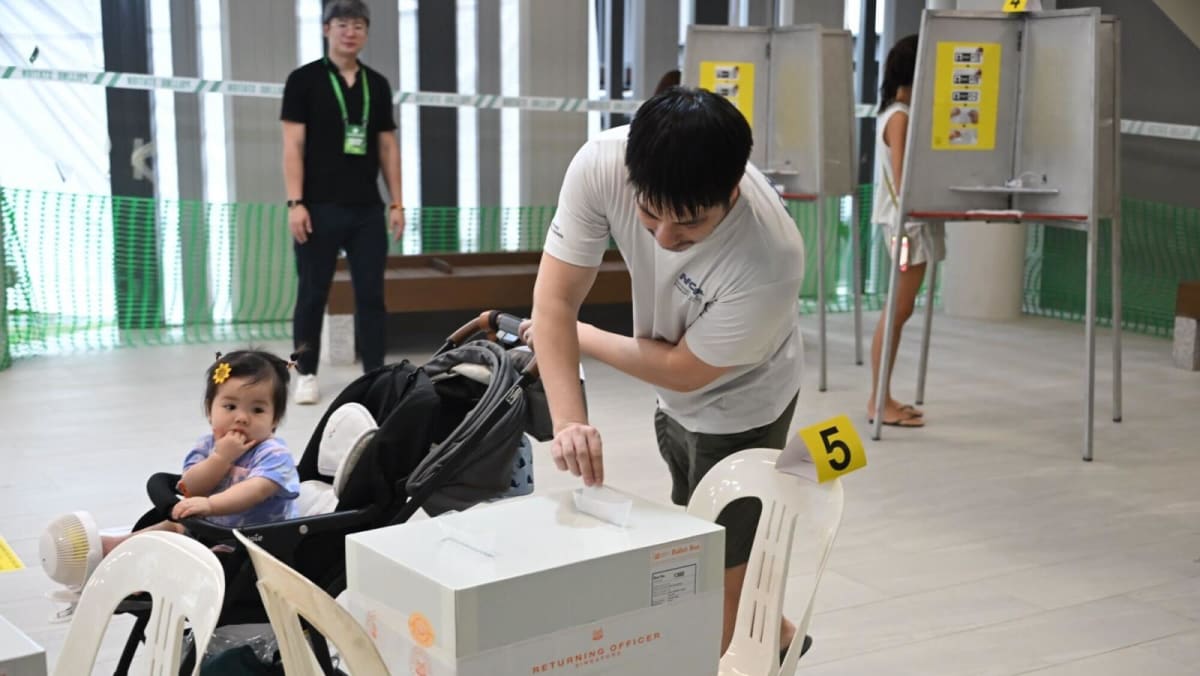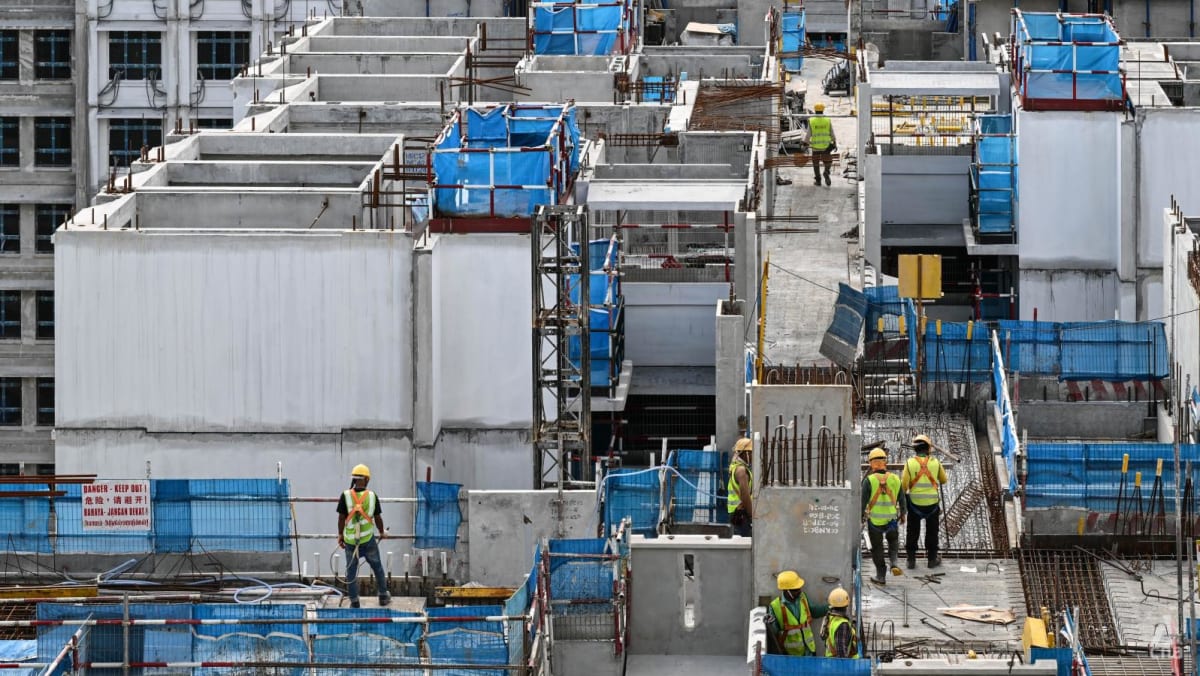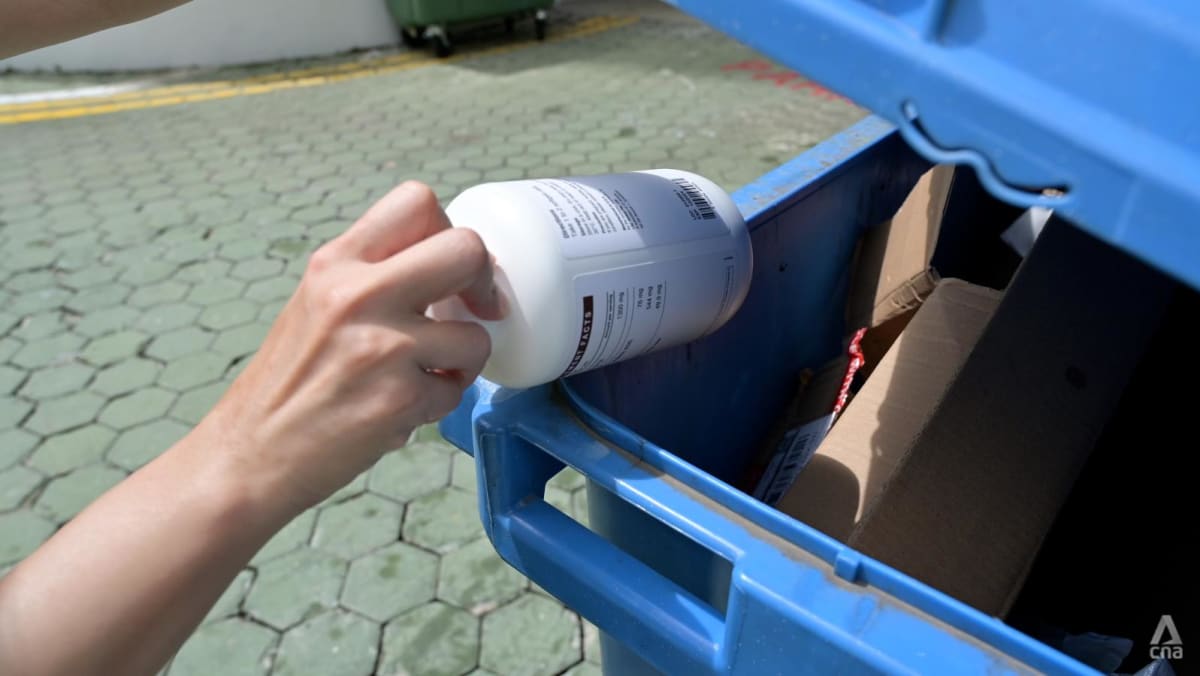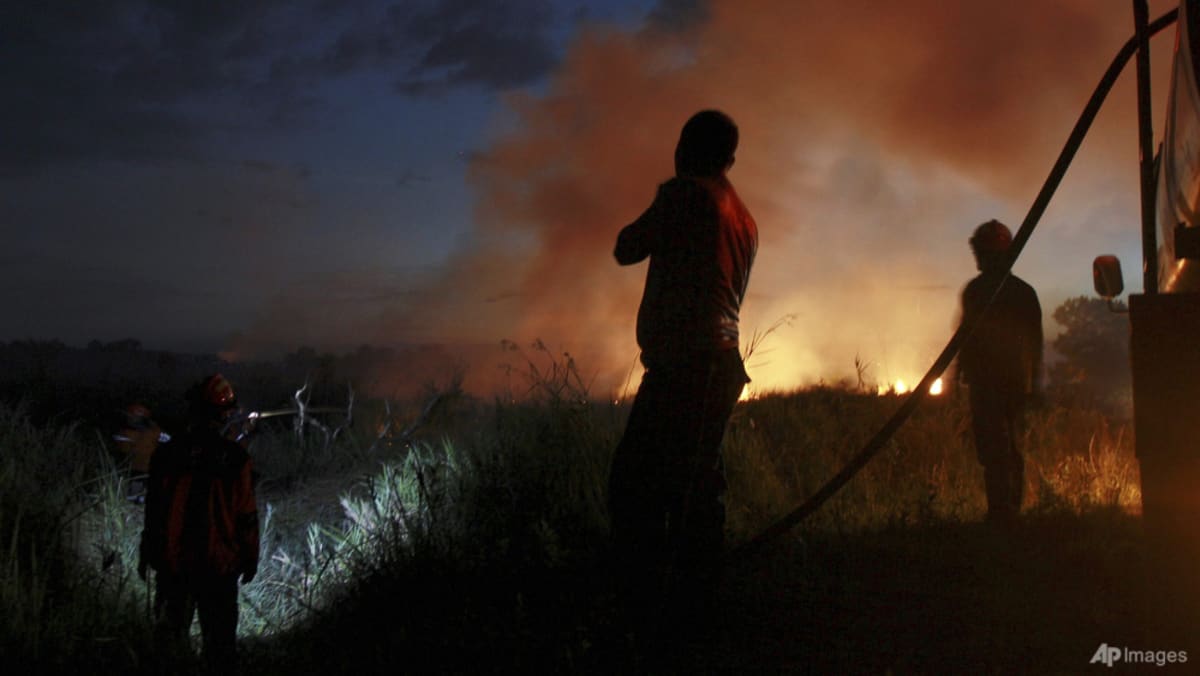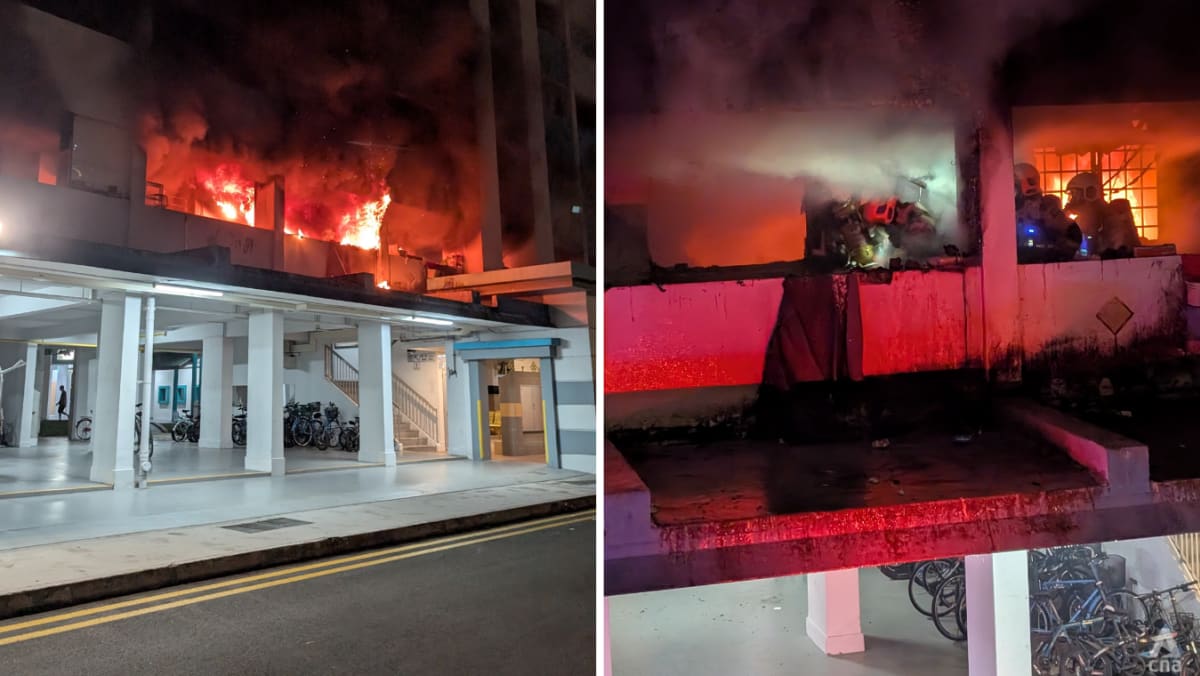In April, a YouGov survey found that 61 per cent of millennials and 70 per cent of Gen Zers were still undecided on which party they would vote for – a much higher proportion compared to Gen Xers and baby boomers. While these findings may have given the impression of indecisiveness in this demographic, GE2025 results point towards more thoughtful voter deliberation over individual choices.
The fact that so many were unable or unwilling to commit their vote to one party or another early on shows that voters – younger ones especially – were much more open to looking at what each candidate or party had to offer before making their decision.
THOUGHTFUL DELIBERATION VS PARTY LOYALTY
When it comes to election results, there also seems to be some impact with the addition of these Gen Z and millennial voters.
While the overall PAP vote share of 65.57 per cent looks like a reaction towards the uncertain geopolitical situation and a strong mandate for Mr Lawrence Wong’s first outing as both prime minister and PAP secretary-general, the individual results from various constituencies also provide further nuance.
If we zoom in to hotly contested battlegrounds with an estimated larger proportion of young voters aged 45 and below, we can observe different voting patterns based on the contesting opposition parties.
Sengkang GRC was retained by WP – with an even higher vote share than in 2020.
The WP kept the PAP’s winning margin to under 5 percentage points in Jalan Kayu SMC and Tampines GRC, and just above 10 per cent of votes in Punggol GRC. Sembawang West, contested by SDP’s Dr Chee Soon Juan, recorded a winning margin of under 10 percentage points for the PAP.
Compare this to other areas with large proportions of young voters such as Nee Soon GRC and Potong Pasir SMC, which the PAP won with significant margins of 47.62 per cent and 46.71 per cent of votes respectively against Red Dot United and Singapore People’s Party.

